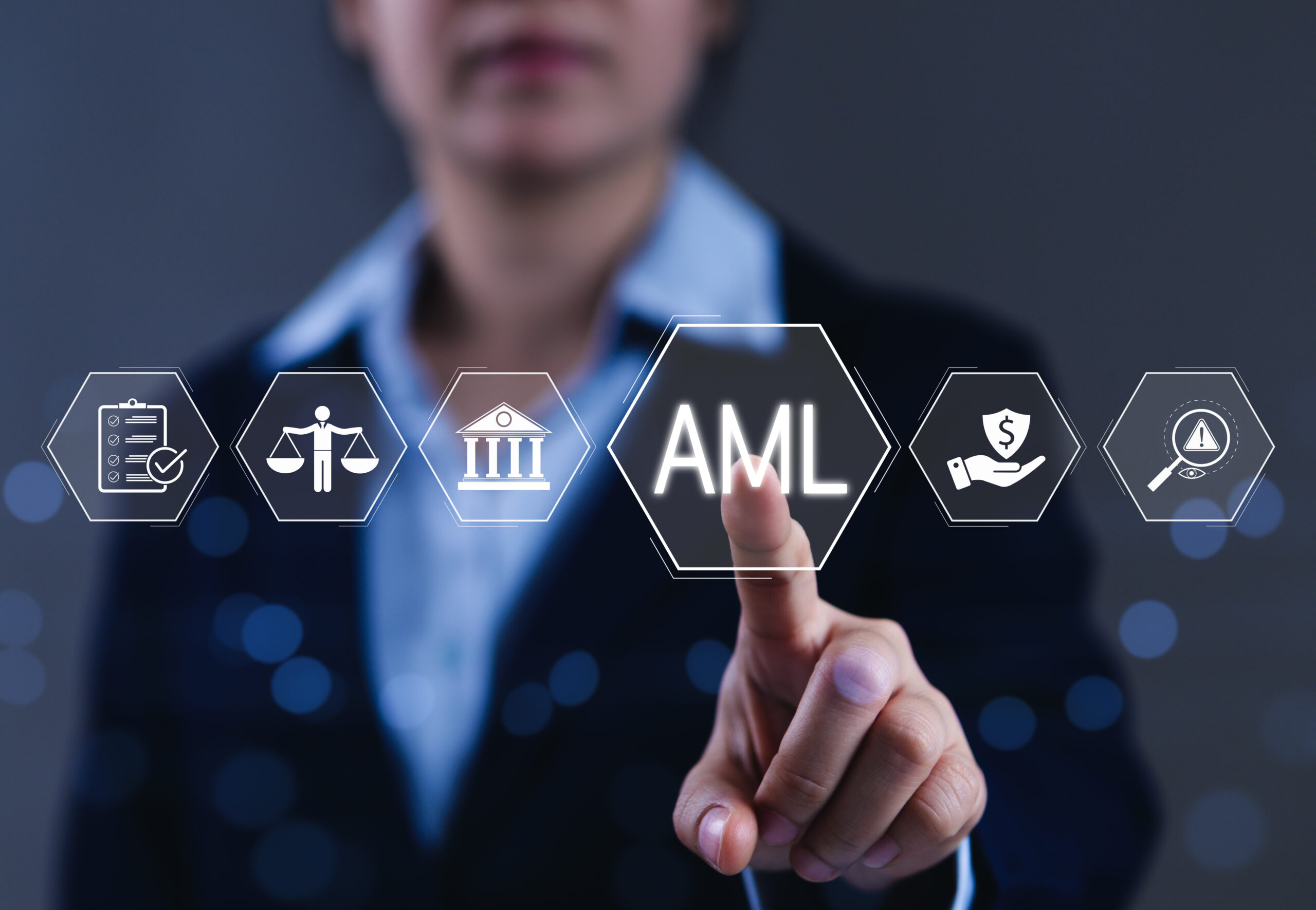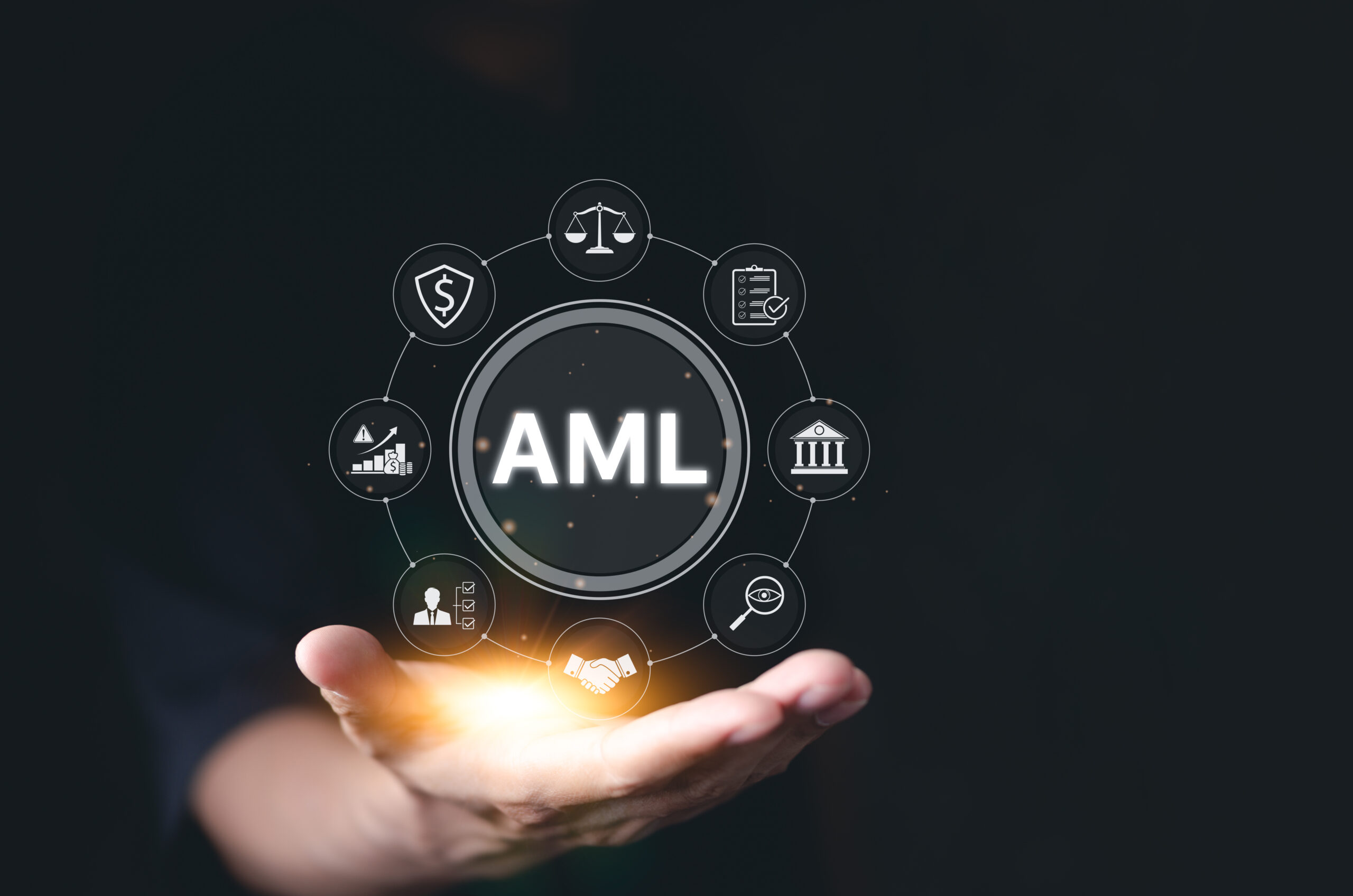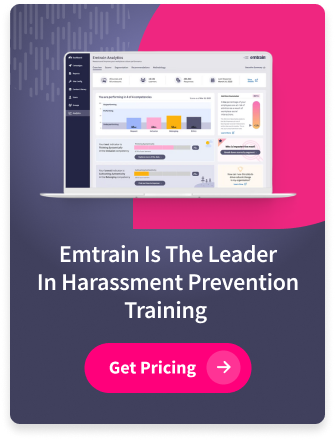Anti-money laundering (AML) refers to the laws, regulations, and procedures aimed at preventing criminals from disguising illegally obtained funds as legitimate income. In the workplace, especially within financial institutions and globally operating businesses, AML efforts are essential to maintain integrity, uphold legal standards, and protect organizations from being used as conduits for financial crime.
Why Anti-Money Laundering Matters
Money laundering allows criminals—such as drug traffickers, terrorists, and corrupt officials—to conceal the origins of illicit wealth. Without effective AML safeguards, businesses risk becoming unintentionally complicit in these crimes, which can lead to hefty fines, reputational damage, and even criminal liability.
That’s why a strong anti-money laundering compliance program isn’t just good business—it’s a legal and ethical imperative.
Key Components of an Anti-Money Laundering Program
An effective AML program should include the following components:
1. Risk Assessment
Organizations must evaluate their exposure to money laundering risks based on factors like industry, geography, clients, and services. A thorough AML risk assessment helps tailor the compliance program to the organization’s specific risk profile.
2. Internal Policies and Controls
Clearly documented procedures help teams identify and respond to suspicious activity. These controls should align with local and international AML regulations, including the U.S. Bank Secrecy Act (BSA), the USA PATRIOT Act, and global frameworks like those from the Financial Action Task Force (FATF).
3. Know Your Customer (KYC)
KYC protocols ensure that businesses verify the identity of clients before doing business with them. It’s a foundational practice for preventing money laundering and detecting suspicious activity early.
4. Ongoing Monitoring
Monitoring transactions and client behavior helps spot anomalies that may indicate money laundering. Automated systems can flag patterns that require deeper investigation or suspicious activity reporting (SARs).
5. Anti-Money Laundering Training
Regular AML training for employees—especially those in customer-facing or financial roles—is critical. Training empowers staff to recognize red flags and understand their responsibilities under AML laws.
6. Independent Audits
Periodic audits of your AML program ensure that it’s functioning as intended and meeting regulatory expectations. Audits also identify areas for improvement and help reduce compliance risk.
Real-World Risks of Non-Compliance
In recent years, several high-profile organizations have faced multi-million-dollar penalties for failing to implement effective anti-money laundering safeguards. These cases often involve:
- Failure to file SARs
- Inadequate KYC practices
- Ignoring known red flags
- Lack of employee training
When AML programs are weak or outdated, bad actors find ways to exploit internal systems.
Building a Culture of Financial Integrity
AML compliance is not just about avoiding fines—it’s about protecting your business from exploitation and aligning your operations with ethical business practices. When organizations invest in AML compliance training, use compliance analytics, and empower employees with real-time decision support, they reduce risk and increase accountability.
How Emtrain Can Help
At Emtrain, we believe that preventing financial crime starts with workplace culture and education. Our solutions combine training, diagnostics, and analytics to help organizations:
- Understand AML obligations
- Build effective reporting structures
- Monitor behavioral trends across teams
- Train employees to identify and report red flags
By using Emtrain’s learning platform, you can build an anti-money laundering program that not only checks the compliance box—but also drives lasting cultural change.





